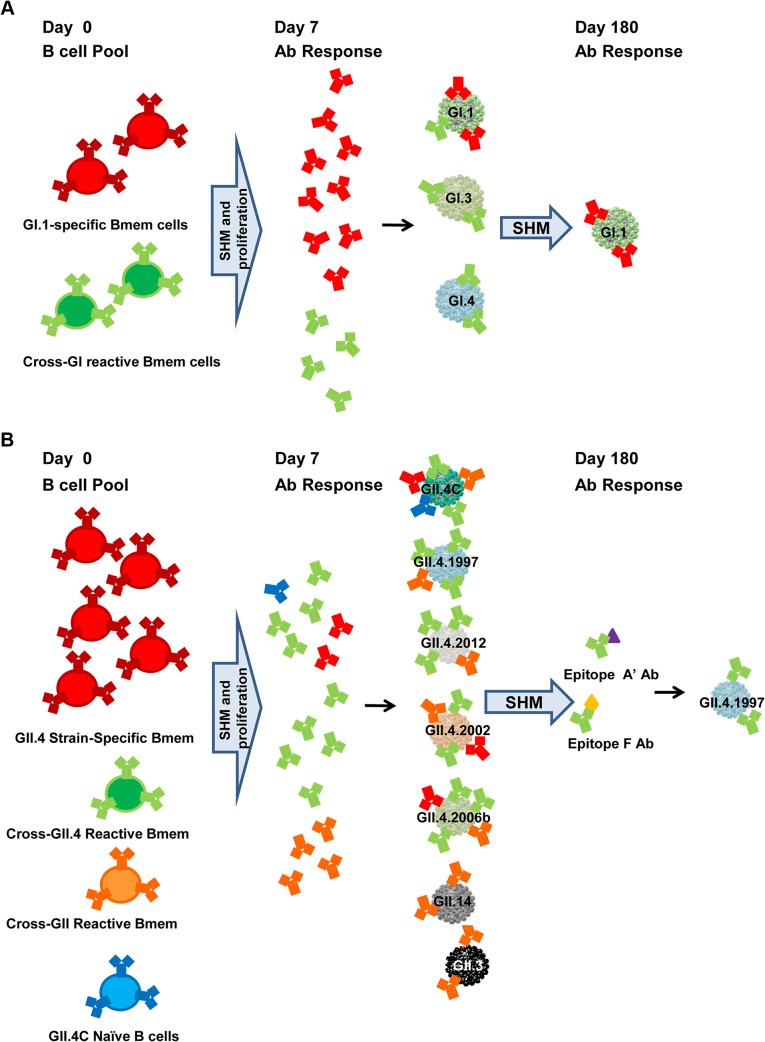Fig 12. Proposed mechanisms for antibody responses induced by GI.1/GII.4C multivalent vaccine.
At the time of vaccination, adult participants have a lifetime of NoV exposure history and a pool of NoV-reactive memory B cells (Bmem cells), both strain-specific and strain cross-reactive clones. Vaccination activates memory B cells to undergo SHM of the variable region of the Ab gene, to proliferate, and, for some cells, to differentiate into plasma cells secreting high-affinity Ab by day 7 post-vaccination. The GI.1 vaccine component elicits activation of both GI.1-specific memory B cells and memory B cells with specificity for shared GI epitopes, resulting in increased Ab to the panel of GI VLPs, but the strongest response to the homotypic GI.1 VLP because more blockade epitopes are unique to GI.1 than are shared across the GI VLPs. By day 180, low levels of GI.1-specific Ab persist (A). In comparison, the GII.4C vaccine component does not elicit a strong strain-specific response but could in theory activate memory B cells with GII.4.2002, GII.4.2006a, or GII.4.2006b specificity. However, the uniformity in the GII.4 VLP response across an antigenically diverse panel suggests that GII.4C preferentially activates memory B cells for conserved GII.4 epitopes and a smaller subset of memory B cells for a conserved GII epitope, resulting in more potent GII.4 and less potent GII blockade Ab production at day 7. The GII.4C Ab response continues to track with GII.4.2002 and GII.4.1997 through day 35, but by day 180, only GII.4.1997 Ab responses remain distinct, suggesting that the common GII.4 blockade epitopes recognized by the vaccine-induced Abs are most similar to sequences found in GII.4.1997, possibly because of extensive long-term immune focusing for this strain. Ab responses to at least two epitopes are maintained. Epitope F is a conserved GII.4 blockade epitope located sub-surface on the particle, and proposed epitope A′ is likely a surface-exposed blockade epitope physically near, overlapping, or within epitope A (B).

